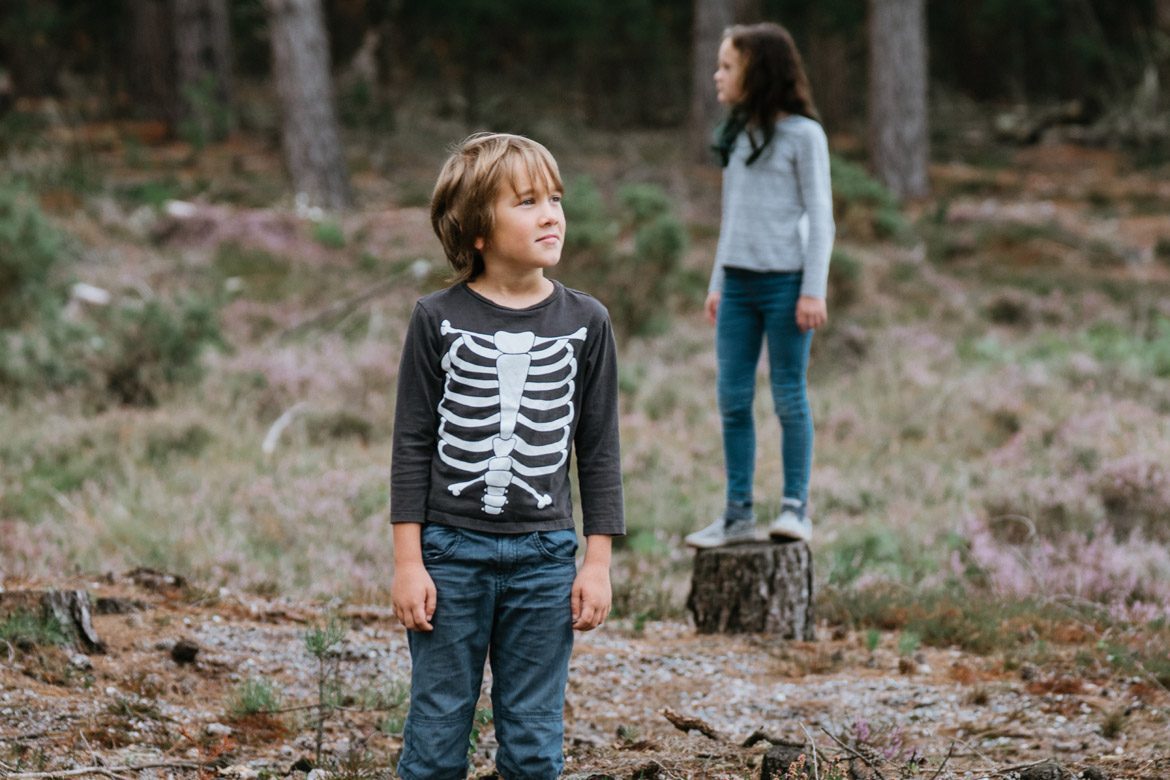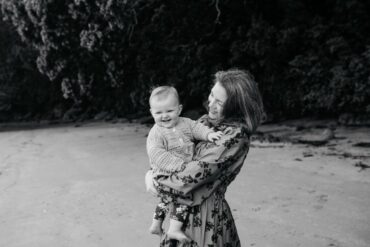By Nelle Myrica Donaldson
My son received a sweet note from a classmate in first grade: “You have a very good imagnashun,” she wrote. He has received more than a few comments and compliments on his imagination over the years. He’s articulate and he shares his fantasies self-confidently. His tales about imaginary worlds compel adults to marvel as they Google his made-up words (he’s that convincing). He also writes school assignments in alternative dialects, and experiments with different styles of writing that are often illegible… This latter creativity isn’t shown the same favor: it is, instead, the subject of parent-teacher conferences. My father says things like, “He’s going to have to live in the real world at some point.” I say: “Dad, he’s seven, and he does.”
My son is extremely creative in his own unique ways, as is every child in theirs. We all are. Creativity is not a luxury pastime, nor is it specific to certain personalities. Imagination is brilliant (dazzling), but also normal among humans. “The ability to imagine and to take that imagination and make it into reality is one of the things that is really distinctive about humans. Whether it’s painting, building airplanes, or figuring out how to make a paycheck last to the end of the month, it all stems from the same creative capacity,” says anthropologist Augustín Fuentes, author of, The Creative Spark: How Imagination Made Humans Exceptional (2017).
Creativity drives human innovation and evolution; and our concept of creativity itself is continually evolving, too. Western perception of creative intelligence has an interesting history to date:
Paradigm 1
In Ancient Rome “genius” was not an adjective. The word genius, from the Latin genere meaning “to bring forth”- δαίμων or daemon, in Greek-described the notion of a guardian spirit that bore responsibility for people’s destinies: their aptitudes; their personalities; and their luck. Geniuses were thought to attend to individuals, families, and even cities. They received worship because it was believed they had the power to confer intellectual gifts.
In Pompeian art, personal geniuses were painted in frescoes as winged children (“putti,” in classical art terms). Daemons or geniuses were recognized as the external source for human inspiration and creativity.
By 1200 A.D. the Christian church was encouraging its followers to regard the spirit of creativity with suspicion and fear. The church turned ‘daemon’ into ‘demon’, a lessor or heathen god, (novel thinking and blind faith being somewhat mutually exclusive).
My father says things like, “He’s going to have to live in the real world at some point.” I say: “Dad, he’s seven, and he does.”
Paradigm 2
When Christianity met with capitalism the result was a Renaissance period (~14th-17th century), which gave birth to a novel brand of intellectual reform that placed humanity in the context of its own distinct history and altered awareness such that the Western individual became responsible their own aptitudes, personality, luck, and more.
In her TED talk, Your Elusive, Creative Genius (2009), Elizabeth Gilbert-remember Eat, Pray Love?-suggests Paradigm 1 as a desirable psychological buffer against both vanity and shame. She says, “If your work was brilliant, you couldn’t take all the credit for it. Everybody knew you had this… genius who had helped you. If your work bombed [it was] not entirely your fault… everyone knew your genius was kind of lame.”
Under Paradigm 2, genius was is longer a safe distance away, helping or hindering. Genius became an adjective (even a noun) that described a specific type of human: one uniquely capable of extraordinary innovation that is both original and in demand. Under this new existential pressure, the anxiety-ridden, psychosis-prone, “starving artists” emerged as the new creative genius.











